Guava Cultivation Types, Diseases, Fertilizers and Tolerance
Guava is considered to be the tropical region of the Americas, originally from Mexico. However, at present it is cultivated mostly in South Asian countries, including Pakistan and India. It is easily cultivated in all the provinces of Pakistan. Most of them are cultivated in Hyderabad, Larks a, Khairpur, Multan, Sargodha, Gujra Nawala, Lahore, Sheikhupura, Faisalabad, Kohat, Hazara, Dera Ismail Khan, Bannu and many other areas. Being cultivated Which yields about 468.3 thousand tons.
The production of guava in Pakistan is 25-30 manat per acre which is far less than its productivity. Have to face The traditional method is used to peel the fruit of the guava. Due to which the fruit which is fully ripe will spoil as soon as it falls on the ground and the one which is still in the middle condition will not be packed with good quality. The reason is that it gets worse before it reaches the market. Because it takes a long time to reach the market due to poor roads. On the other hand, trucks do not have the facilities to provide adequate temperature, humidity and water to the fruit. Due to which the risk of fruit rot is high. Thus, 20 to 40 percent of the total production of guava in Pakistan would have been lost in the post-tolerance stages.
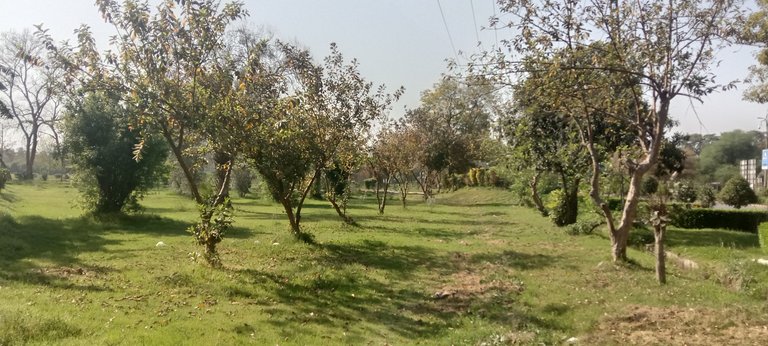
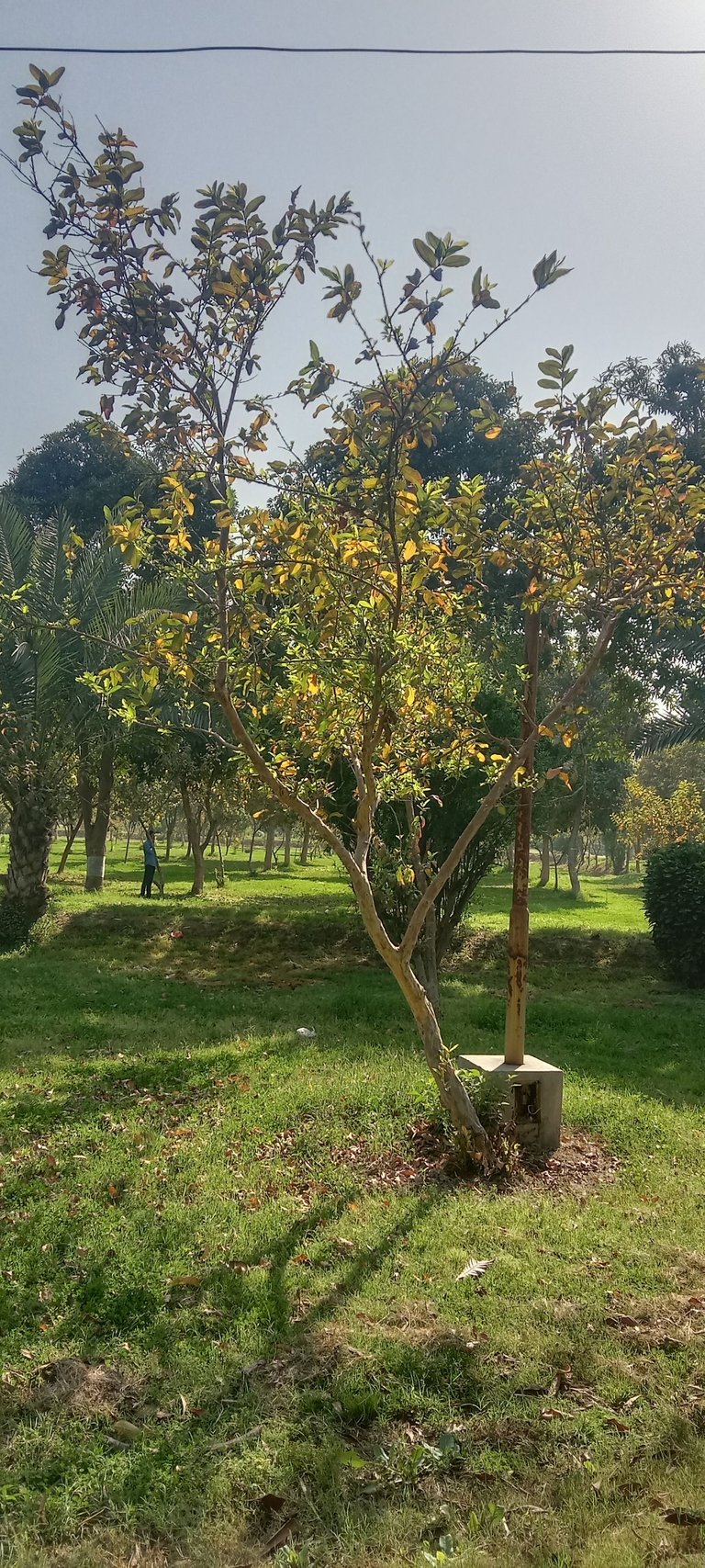
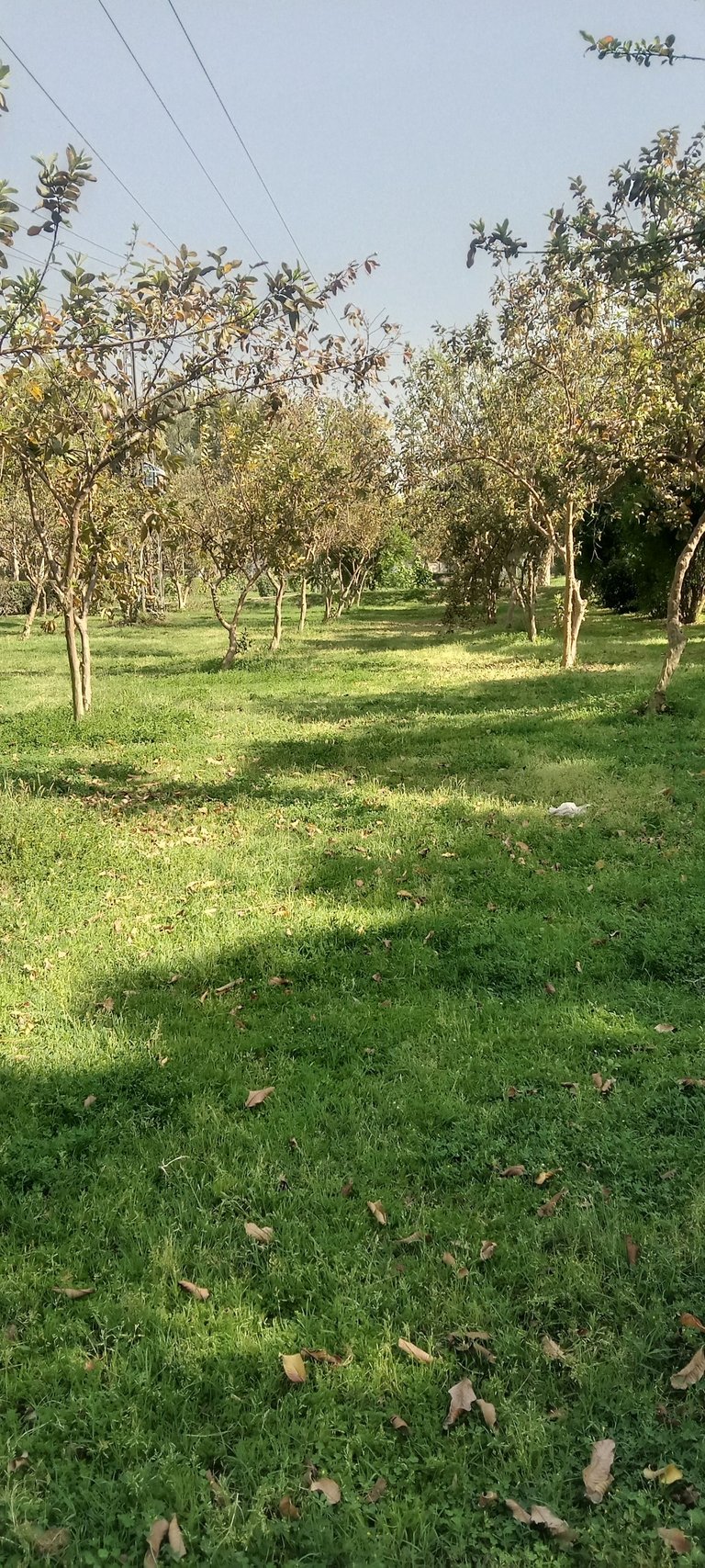
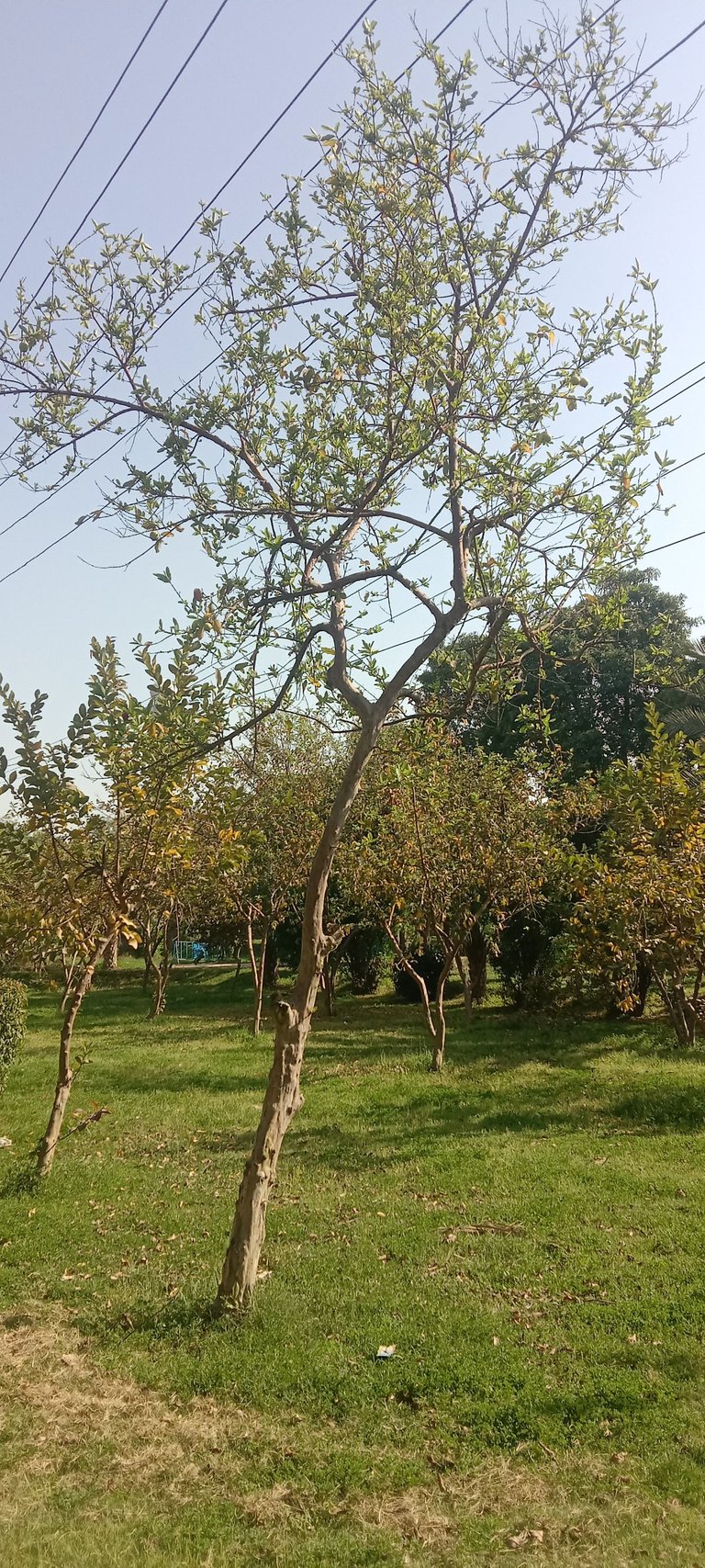
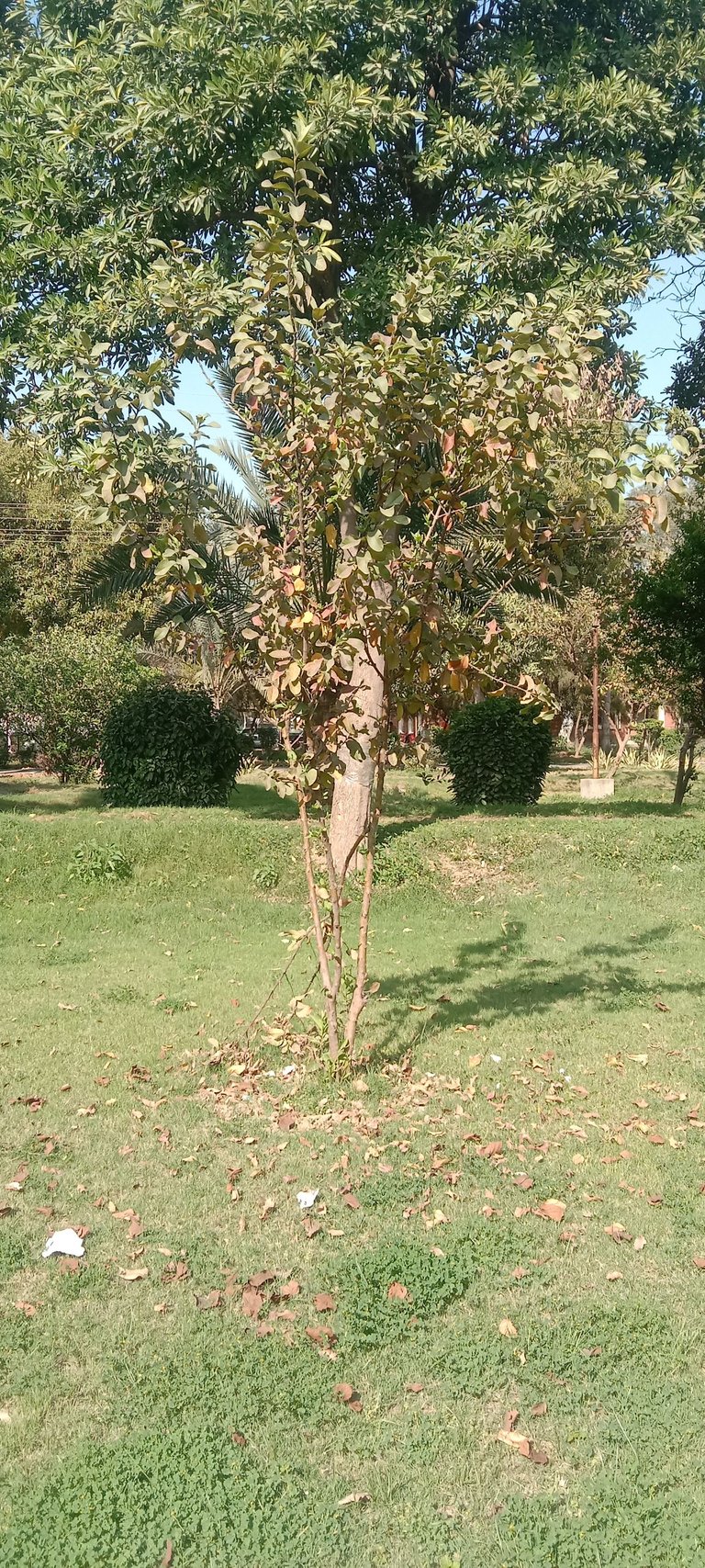
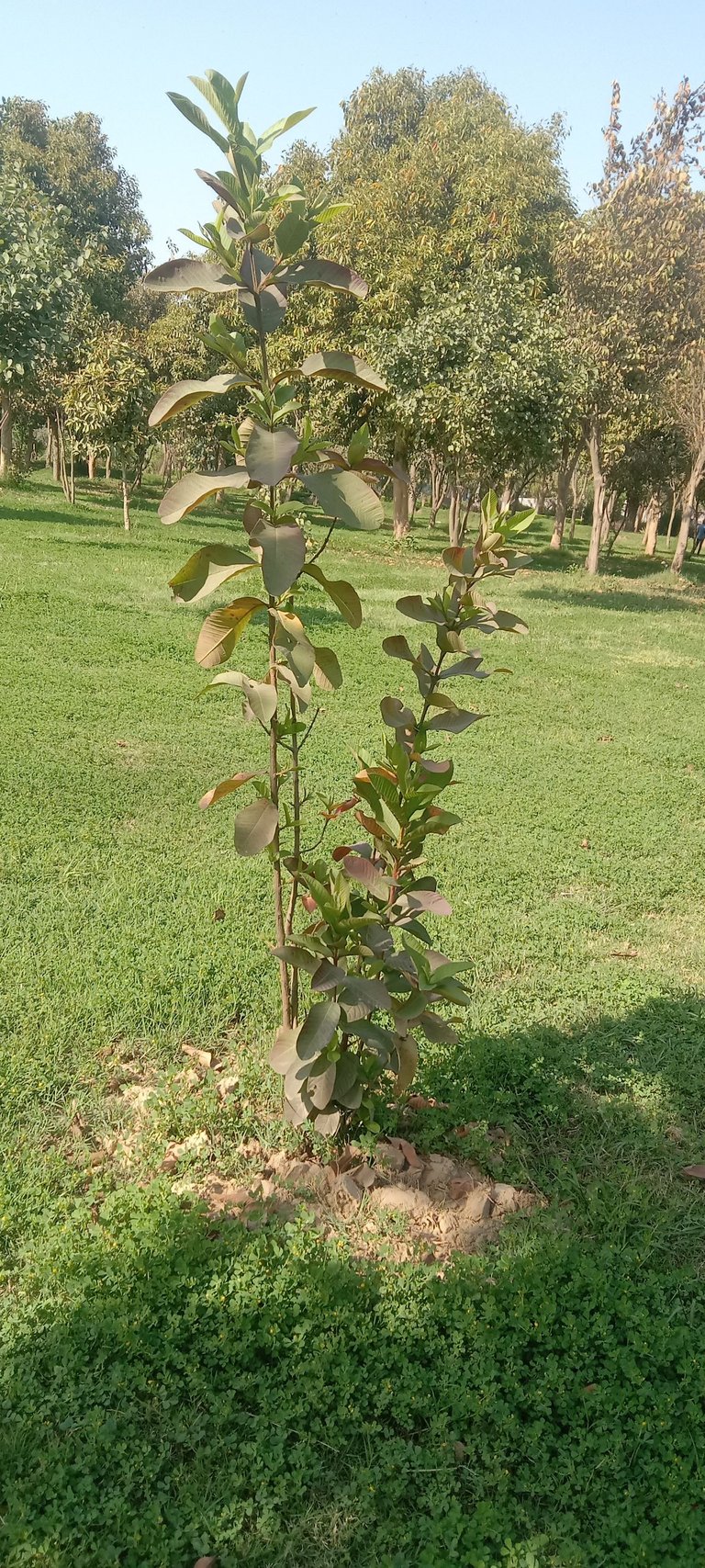
Nutritional value
Guava is very important fruit in Pakistan. In terms of nutrition, guava is said to be rich in vitamin C. Why 100 grams of fruit contains 280 mg of vitamin C as well as vitamin A, phosphorus, lime and steel. The fruit is used to make juice, jam, jaggery and pulp paste.
Climate
This plant can be grown very successfully in hot humid and semi-warm humid regions. 23 to 28 سین C is considered suitable for this. It is very hardy so it can be grown even in cold regions. ۔ However, young plants cannot tolerate cold so special care should be taken to prevent cold for the first three years.
Earth
Guava tree can be easily grown from heavy soils to sandy soils with a chemical interaction of 4.5 to 8.5. It can also be grown in bean infested soils. And thanks to other fruit bearing plants, this color can be grown in raised lands.
Breeding
On a commercial scale, guava is grown from generation to generation. In addition, it can be grown with pen, dab and spring. However, high quality plants can be grown through tissue culture. The details of these cultivation methods are as follows:
Cultivation by seed
Most of our guavas are sold in batches. Experts are of the opinion that guavas prepared in this way are not identical in terms of quality and quality of the fruit. Peel a squash, grate it and squeeze the juice. Remember that fresh seed germination is better but their skin is very hard. Due to which there is difficulty in germination. Therefore, to get more germination, keep guava seeds in water for 10 to 15 days and every day. The water changes.
Soak clean guava seeds in 50% acetic acid (vinegar) solution for one minute, wash with clean water and cultivate. To cultivate these seeds, make tracks 1-1 / 2 m wide and 20 to 25 cm high and low. Lines are laid on these tracks at a distance of 10 to 15 cm and sown at a depth of 1/2 cm. Give and maintain adequate humidity. The seeds will germinate in 4 to 5 weeks. When the plants are 8 to 10 cm tall, transfer them to the beds and when the plants are about one year old, transfer them to the garden.
Cultivation method
Prepare the soil well before planting. Dig a hole for them in November. Plant a garden in a square shape at a distance of 25 to 30 feet between the plants and rows.
Pruning
Guava usually does not require pruning, but pruning should be done at an early age to strengthen the plant. After breaking the fruit, some of the branches become very droopy. Fruit flies come in summer. In addition, the herbs in the garden should also be destroyed.
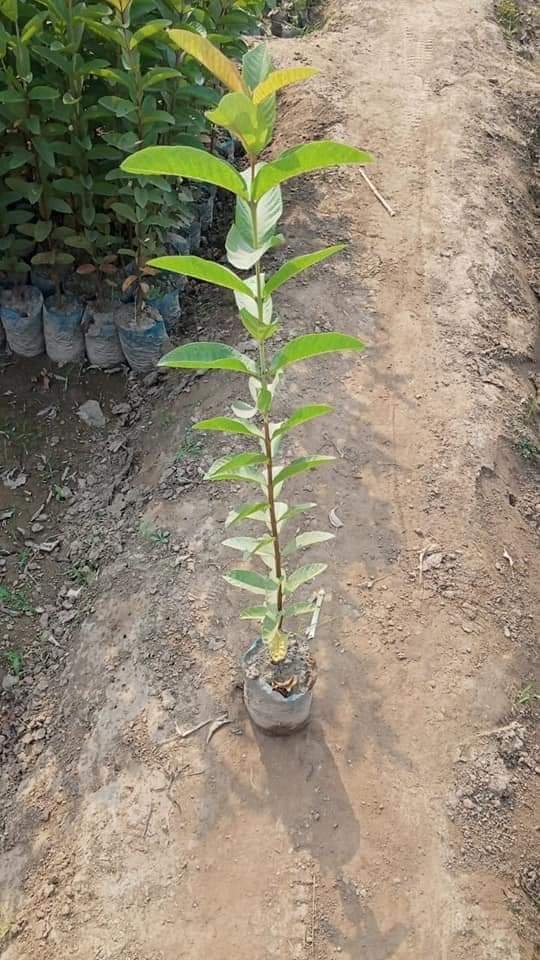
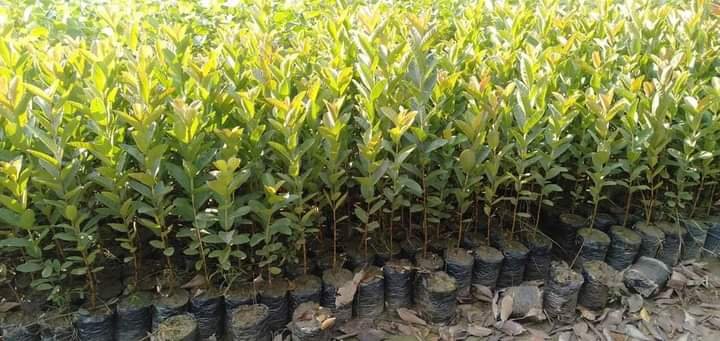
Irrigation
Your irrigation depends on the climate and soil characteristics of the area. Small plants should be watered at short intervals throughout the year. Plants need more water at this time. When you put fruit on them. However, stop watering during flowering to ensure good fertility. Irrigate after 10 days in summer and 25 days in winter. The plant should also be watered to protect it from severe cold and drought
Fertilizer
Since guava plants bear fruit twice a year, they need a lot of fertilizers. Fertilizer should be applied according to the age of the plant. All fertilizers should be placed one foot away from the stem. Fertilizers should be given in two types. After breaking the fruit and before the fruit comes in the heads.
Generally, fertilizer should be applied according to the following recommendations per kg per plant
Plant Age Dung Fertilizer Urea Di APSOP
1 year 20 grams 125 grams - -
2 years "20 1/4 kg 1/4 kg -
3 years "30" 1/2 1/2 1/2 kg
4 years "40" 3/4 "3/4 3/4 kg
5 years "50 1 kg 1 kg 1 kg
Types
All types of guava are named after the pulp and the fruit. Which are as follows.
Allahabad
The fruit is white and large, the seeds are hard.
Seedless
This type of guava does not have seeds and the yield is also low.
bitter gourd
It is pear-shaped. The color of the pulp is red or white.
حفصی
This type is sweeter. The fruit is round and the pulp is red.
White
The fruit has a round peel, clear taste, delicious and sweet.
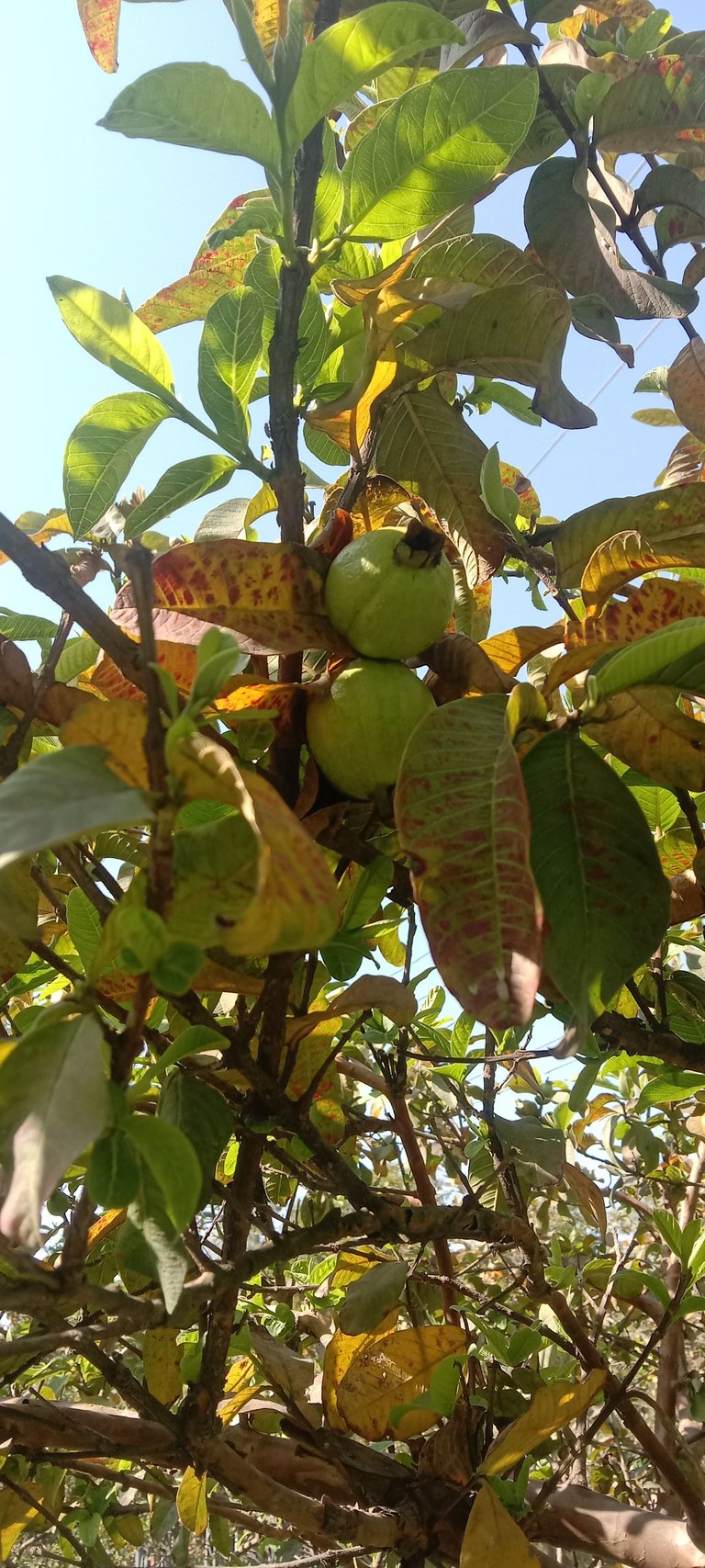
Sugar cane
These fruits have small red marks on them. They also taste delicious.
Prevention of pests and diseases
Fruit fly
The fruit of the guava is damaged by many small insects but most of the damage is done by the fruit fly. The guava fruit fly can grow up to 5 mm in length. And its color is black and yellow. While 14-1 2, Caribbean Fruit Fly can be up to millimeter. Its color is yellow to brown and patterned. This bee inserts its sting inside the fruit and lays its eggs there which gives rise to small weevils. Which start eating the pulp. From which the fruit rotted and roared. Prevention (1). Mix 100 to 150 grams per 100 liters of water and spray. Also collect and discard the falling fruit. The use of sex traps is very useful for controlling fruit flies. (2) Put 1 ml of Methyle Eugenol in a cotton trap and hang it on a tree. 20 such traps are enough for one acre. گدھیڑی۔ Her adults and children both suck the juice from the guava. It attacks tree branches and buds. To prevent this, the fruit begins to rot and fall. To prevent this, apply 100 to 125 grams of seed dust per plant under the affected plants and plow between the plants from June to December. Stem buds. They make holes in the branches and go inside the twigs and the twigs dry out.
Dry guava
This disease is caused due to careless handling of orchards and heat. This causes the plant to start slowly. To do this, do the planting work on time and if the plants are drying up due to rotting of roots, add 100 to 200 grams of Redwell Gold in the water around the stem according to the age of the plant.
About Author :
My name is Aamir Sohail Wattoo @aamirwattoo .I am from Pakistan and presently lives in Lahore which is known as city of colleges. I am serving as a teacher from last five years.I am nature lover, food lover and always used to interact with different people across the borders as man is social animal.Photography and garding is my hobby.
Thanks for giving attention.
All the photos are my own property.
